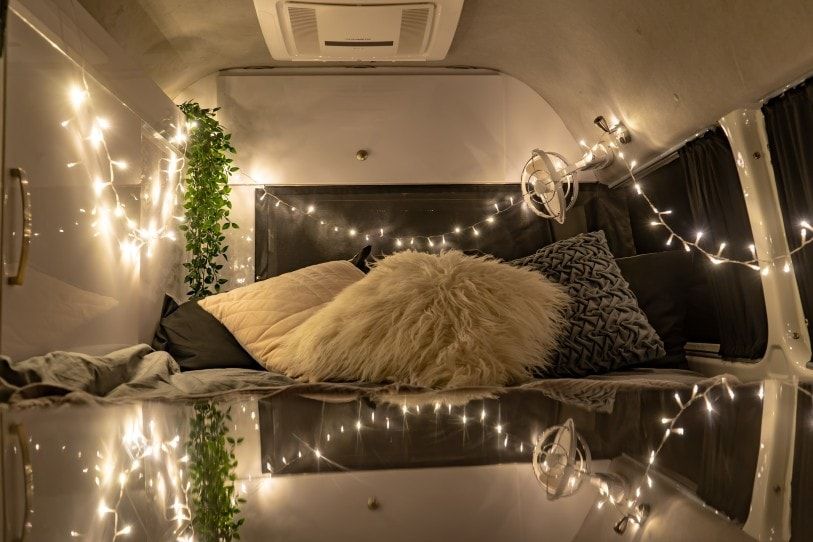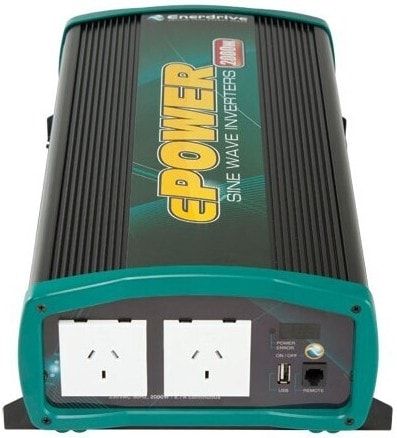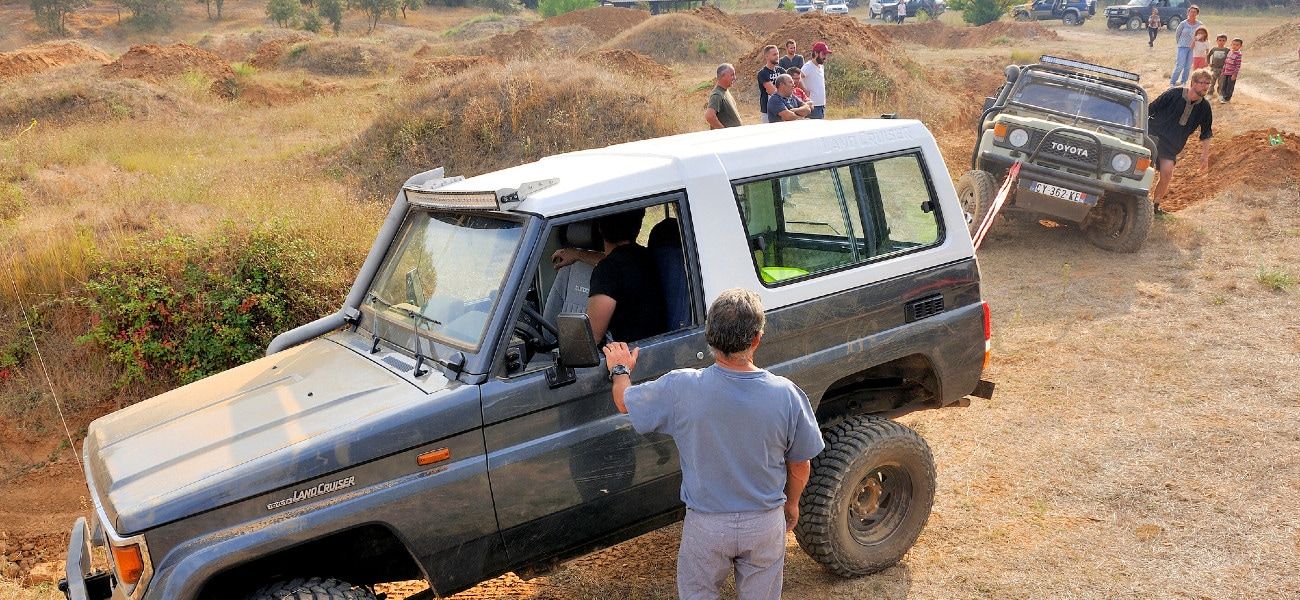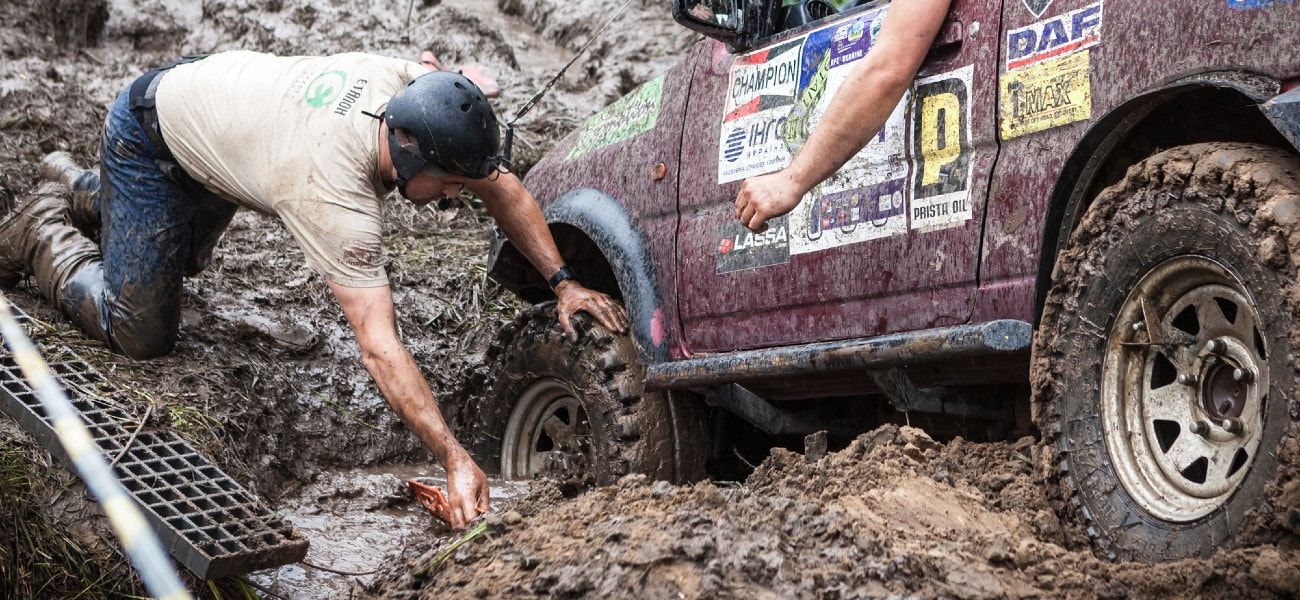New caravan owners might feel overwhelmed with the amount of information about off-grid sources of energy. And one of the most common items that are discussed is inverters. But what exactly does an inverter do?
In this article, we will discuss what an inverter does in detail. I will also give you a step-by-step guide on how to install an inverter in your caravan.
What A Caravan Inverter Does
Most of your appliances like coffee machines, TV, air conditioners, and microwave run on alternating current (AC) power. They are made this way because the power lines into your house carry AC electricity.
However, things change when you’re going off the grid such as going for a camping trip. You rely on batteries and solar panels as your source of electricity. These all produce DC electrical current.
That being said, you need to convert that DC electricity to AC electricity so you can run your appliances.
An inverter converts the direct current (DC) produced by your batteries or solar panels to alternating current (AC) so you can use them for your appliances when going off the grid.
Most inverters convert 12V DC to 240V AC which is what most appliances require. There are also 24V inverters, for converting 24V DC power into 240V AC power, but these are less common - most people tend to work with 12V DC.

How To Install A Caravan Inverter
Important Note: Electricity is dangerous and all installation works in your caravan involving electricity should be carried out by a licensed electrician.
Step 1: Choosing the right inverter
The most important part of installing a caravan inverter is making sure you have the right inverter for your needs.
Basically, you have to think about how much wattage your appliances use and what appliances will be used together. The output of the inverter should be higher than the total draw of the appliances.
Also, make sure that your batteries can handle the load of the inverter. Batteries are rated for certain ampere discharge rates, which will determine the maximum power output of the battery (multiply the discharge amp number by the voltage [12] to get the discharge power output in Watts).

Step 2: Mount the inverter
Find a cool dry place where you can securely mount the inverter.
Ideally, the inverter should be close to the battery source (around 1.5 metres) in order to reduce the wiring required and prevent voltage drop. Also, make sure that you do not restrict ventilation around the unit otherwise you run the risk of overheating.
The way most inverters cool themselves is by taking in air on one side via an intake vent and then releasing it on the other side via a discharge vent.
With that in mind, do not mount the inverter on anything soft like foam insulation that could block the air intake or too close to walls or cabinets that may block the air discharge.
You want good airflow all around the inverter system.
Step 3: Connect the wirings
Connecting the wiring is straightforward. Connect the negative and positive cables to their respective positive and negative terminals on the inverter and battery.
Make sure you’re using a high-quality cable. It should be fairly short and have a decent cross-sectional area. Using a low-quality cable and fuse may decrease the performance and safety of the electrical system.
Most inverter manufacturers sell their recommended pre-terminated cables. If you’re not very familiar with cables and fuses, it is recommended that you get an inverter with a DC cable pack.
Once you’re done these three steps, you should be able to start plugging your appliances into your inverter.
Conclusion
The primary use of the inverter is to convert the DC power from your batteries and solar panels to AC power so you can use them with your appliances that run on AC. Inverters are a must-have for caravan owners who spend most of their time off grid.
By simply following the steps I outlined above, you will be able to install your inverter in your caravan relatively quickly.
As always, the guide above is general in nature and can’t cover every possible combination of inverter and battery. You should use a licensed electrician to help you install your inverter safely.
This article may contain affiliate links. I will earn a commission if you choose to purchase a product or service after clicking on my link. This helps pay for the cost of running the website. You will not be disadvantaged in any way by using my links.
Note that while every effort is made to ensure the accuracy of the information on this page, there may sometimes be errors. Check all specifications with the manufacturer before purchasing any product.




How are you protected from an electric shock, as there are no ELBC or earth links in a caravan
How does the inverter cover the need for earth in the caravan